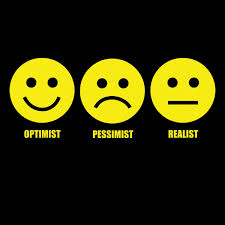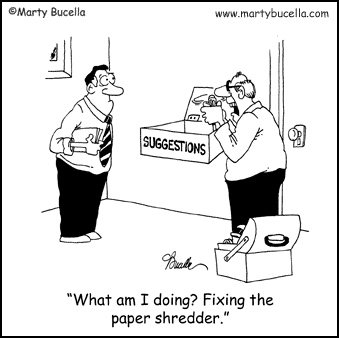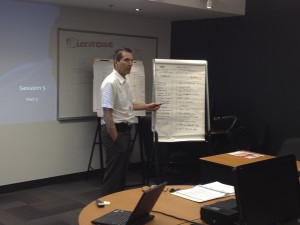 Continuous improvement and creativity go hand-in-hand. Entrepreneurs and business owners are typically creative people in the business sense and usually craft their businesses from an idea. It often takes a lot of trial and error to develop a winning formula for your business. Even though there are best practices that can be followed from a business strategy and management perspective, each business has its own personality and thus there is really no cookie-cutter approach.
Continuous improvement and creativity go hand-in-hand. Entrepreneurs and business owners are typically creative people in the business sense and usually craft their businesses from an idea. It often takes a lot of trial and error to develop a winning formula for your business. Even though there are best practices that can be followed from a business strategy and management perspective, each business has its own personality and thus there is really no cookie-cutter approach.
As businesses grow and take on more employees. The business owner can no longer be involved in every aspect in detail of the business. He or she must rely on forward thinking employees who care enough about the business to want to make improvements.
 There are three key components that affect the ability of employees to be creative, and continuously improve how they do things.
There are three key components that affect the ability of employees to be creative, and continuously improve how they do things.
The first component is their human type. Certain types of people enjoy change and other types prefer keeping things as they are.
The second component is the level of self esteem and self  confidence of the person. The higher these elements are in the employee, the easier it is for them to take risks and try new things.
confidence of the person. The higher these elements are in the employee, the easier it is for them to take risks and try new things.
The third component is the culture of the company, based on the leadership style of the business owner and top management. It is not enough to expect people to come forth with suggestions for improvements. The business leader must create a platform for people to engage in continuous improvement discussions so they can draft well thought out proposals to management.
 In fact, the essence of teamwork is not only to have the right synergy among team members in order to execute well on a project. Equally important is for team members to be able to meet together and find opportunities for improvement that will keep the organization more nimble and effective.
In fact, the essence of teamwork is not only to have the right synergy among team members in order to execute well on a project. Equally important is for team members to be able to meet together and find opportunities for improvement that will keep the organization more nimble and effective.
Even the types of people who don’t like change, often have good ideas for how to improve things. They’re usually reliable dependent workers who you know will perform their tasks in a consistent fashion.
To have all employees contribute to continuous improvement business leaders simply need to organize regular problem-solving or continuous improvement meetings that uses a structured approach that is efficient and gets everyone to participate.
Business leaders can also raise people’s self-esteem and self-confidence by coaching them to do more challenging work and then giving regular positive feedback.
The more that the business leader delegates responsibilities and decision making. The more people will fill engaged and committed to the business and will want to ensure the company success.
If management is going to encourage employees to contribute their ideas for continuous improvement management must act on these ideas or let people know why they can’t. Even with all the new applications for sharing information amongst employees and management, is still in some ways, just like the old suggestion box. People  do not see their ideas taken seriously. They will just develop a poor attitude towards management and the attempt to have them participate in idea generation.
do not see their ideas taken seriously. They will just develop a poor attitude towards management and the attempt to have them participate in idea generation.
In today’s global economy is imperative that every organization utilizes all its resources to continuously improve and find new ways to do things. If your competition is doing it. And you’re not. You are to big disadvantage and risk becoming insignificant to your clients.
Everyone can improve something every day that does not require approval from management. It could be just how customers being served to learning a shortcut on a computer program that will save time. We just need to have the mindset to want to improve and look for opportunities that are all around us.
Stephen Goldberg






